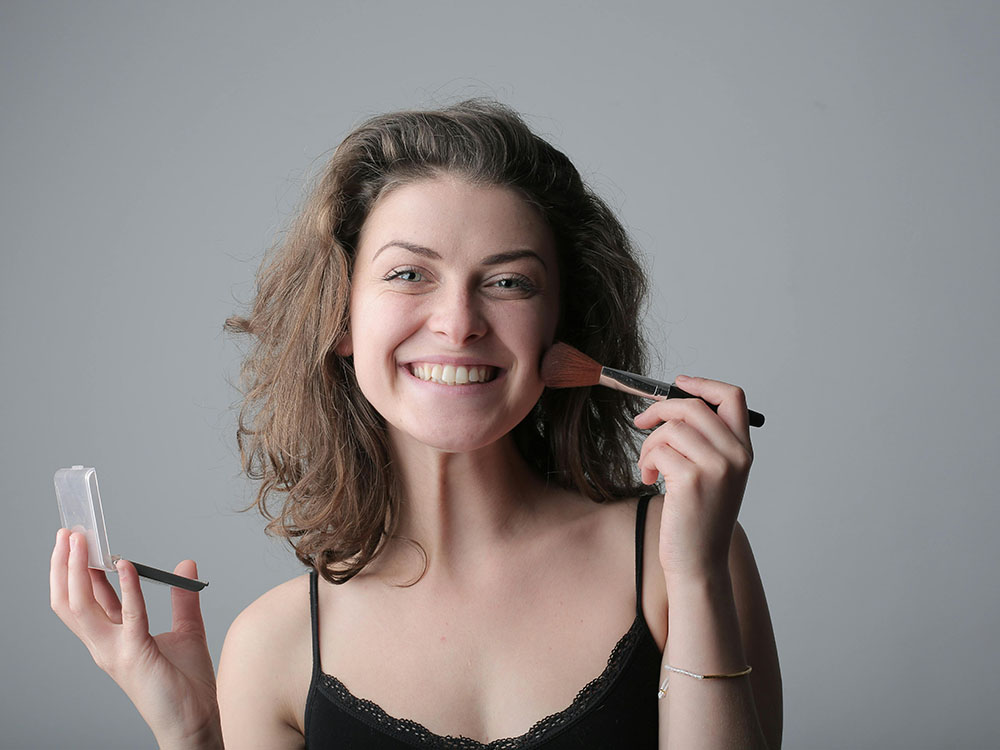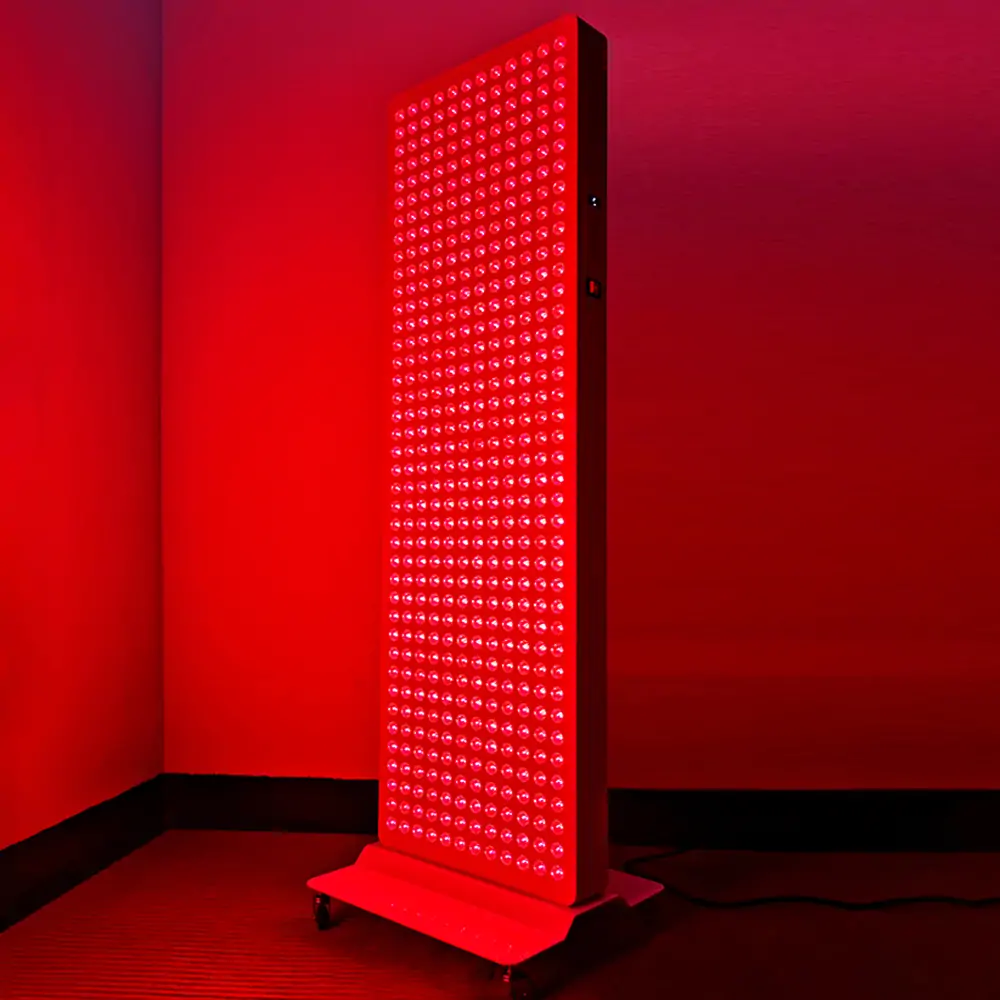Tel +8619865478065 E-post: info@redluxelight.com
Who Should Not Use Red Light Therapy Products
 1. Wear Clothes, Cream, Makeup Or Sunscreen
1. Wear Clothes, Cream, Makeup Or Sunscreen
Clothing can protect the skin from strong UV rays, but it can also protect the skin from red and near-infrared light.
Ideally, you want to expose as much skin as possible during your red light treatment. The area you are going to be treated should absolutely not be covered with clothing.
When it comes to face creams, and especially sunscreens, their main purpose is to block UV rays just like clothing, so you can also prevent the red or near-infrared light emitted by your device from penetrating your skin.
Finally, for anyone who wears makeup regularly, you want to make sure your foundation does not contain SPR, because if it does, it will act like sunscreen and block light from reaching your skin.
2. Session Time Is Incorrect
Typically a red light therapy session should not exceed 20 minutes. Unless you are only using small lights and targeting different parts of the body (e.g. 5 minutes right arm, 5 minutes left arm, 5 minutes right leg, 5 minutes left leg, 5 minutes back, 5 minutes torso, etc.).
3 to 5 minutes per zone is usually enough, especially if you are using our RLB series lights then you may prefer 3 minutes.
3. Wrong Equipment/Lighting
As you probably know at that stage, red light therapy devices typically have only red light, only near-infrared light, or a combination of both.
It’s important for you to make sure what type of light your situation requires.
Again, the general rule is:
The deeper the area of the body you want to treat (e.g., organs, muscles, tendons), the more near-infrared light you may need.
The lighter the area of the body you want to treat (e.g. skin, eyes, hair), the more useful the red light may be.
Most of the time, it’s perfectly fine to combine red and near-infrared light to treat deep-seated conditions, as red light doesn’t add extra intensity, but if you want to treat superficial areas, red light will suffice in most cases. Got it
4. Side Effects And Safety Of Red Light Therapy
Red light therapy is considered completely safe – as long as you make sure to wear eye protection. “Prolonged exposure to blue or red light can cause damage to your eyes,” Logefor warns.
Red light therapy has few, if any, side effects that are usually mild, but there are some situations where it’s best to avoid this treatment. Specifically, anti-aging and regenerative medicine doctor Neil Paulvin doesn’t recommend it if you have epilepsy or eye disease. “High-frequency flickers (changes in the frequency of light) can cause headaches, dizziness, and in the worst case, epileptic seizures,” he noted.
Likewise, Redluxe does not recommend red light therapy for anyone with a photosensitive disease (such as lupus) or anyone taking photosensitizing medications (including tetracycline, doxycycline, hydrochlorothiazide, and naproxen). You should also avoid using it if you have any open wounds or lesions on your skin


